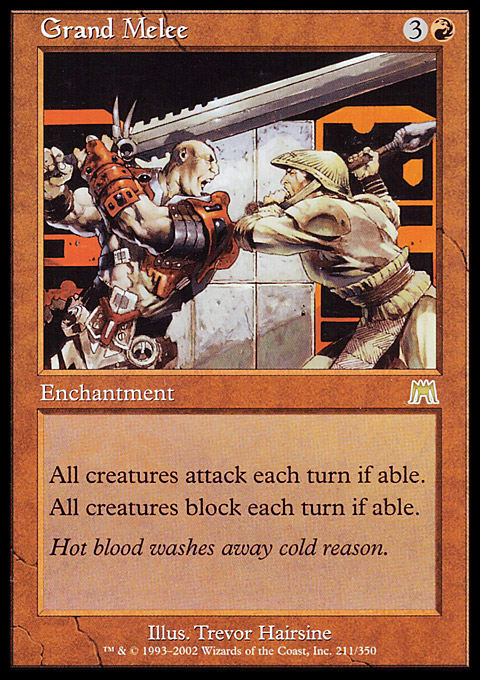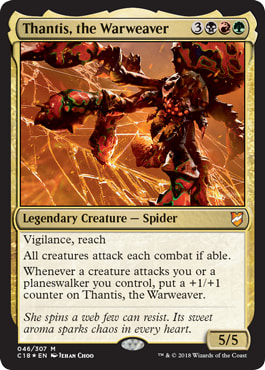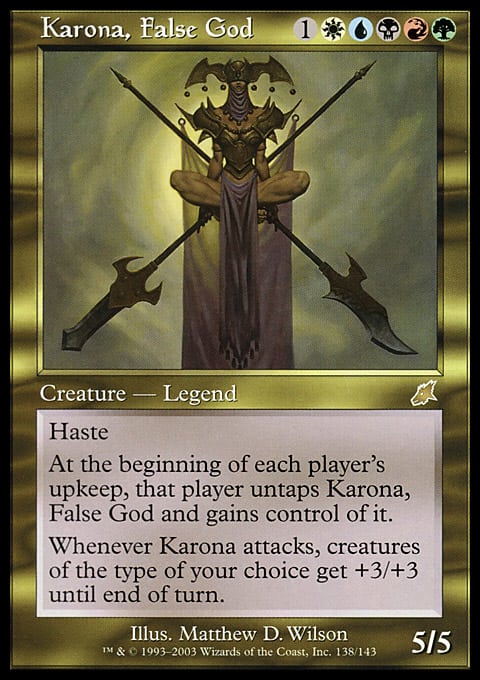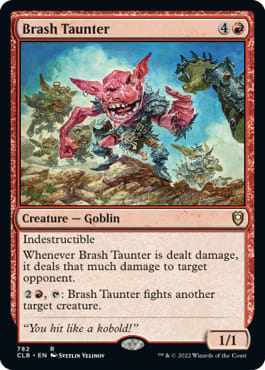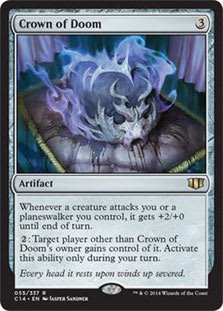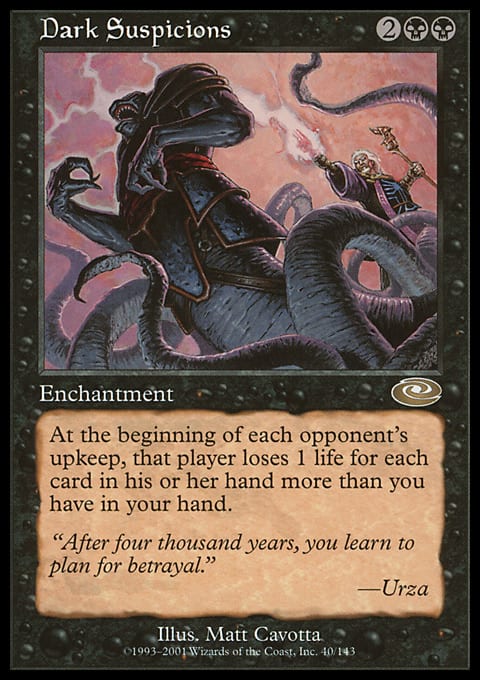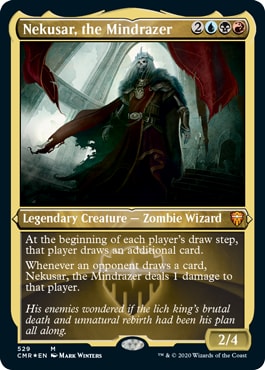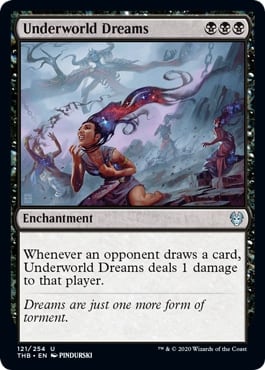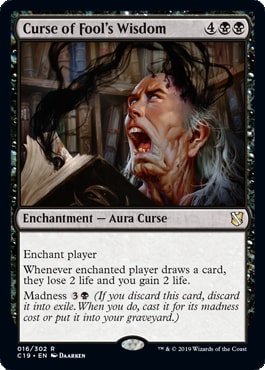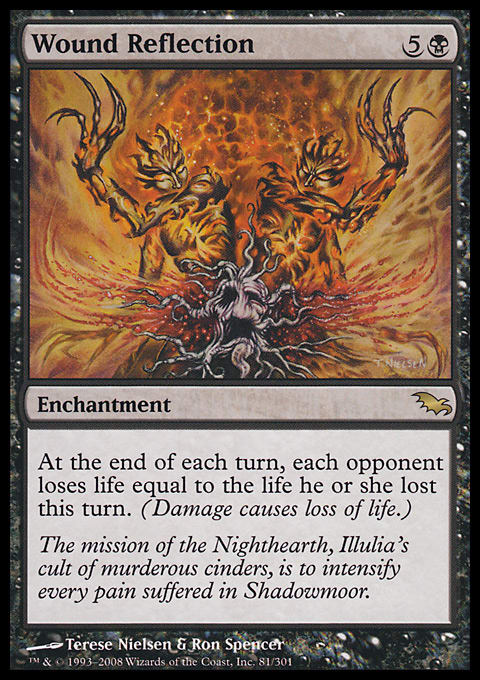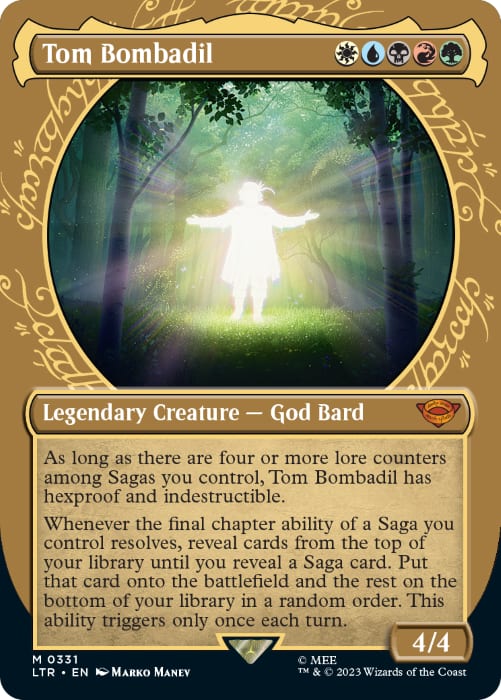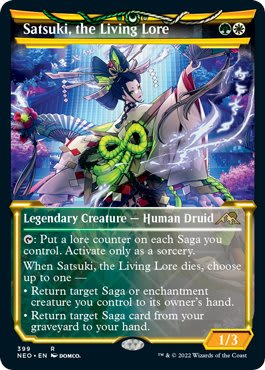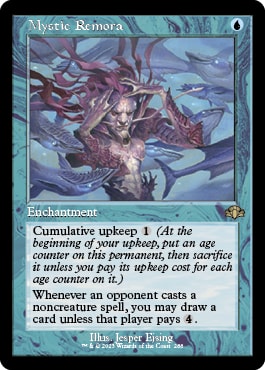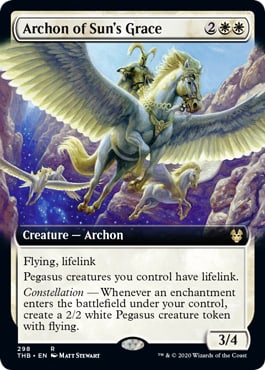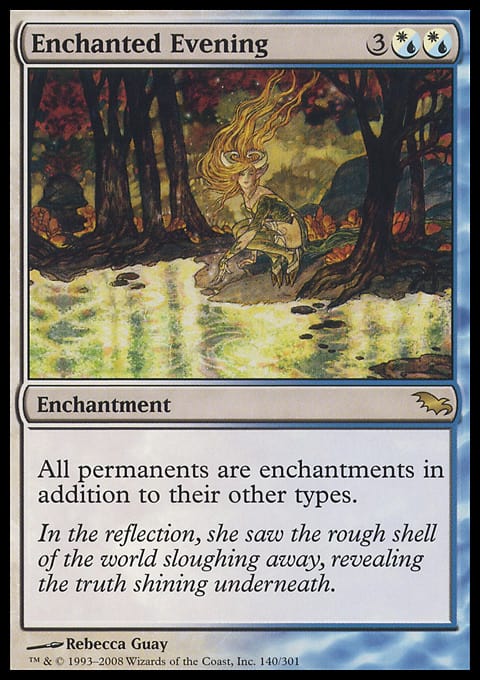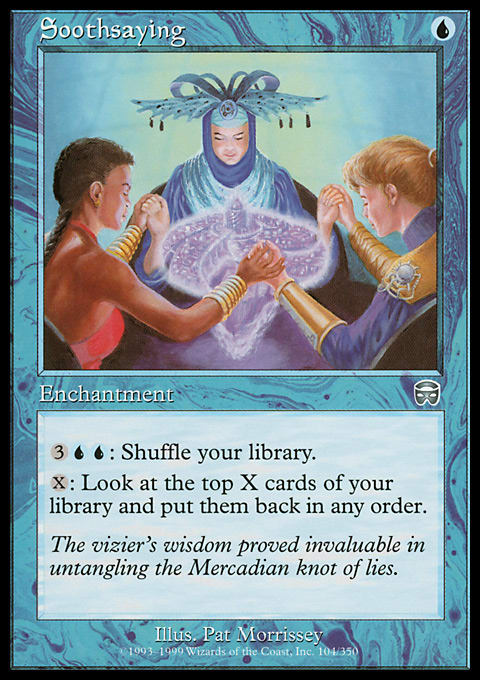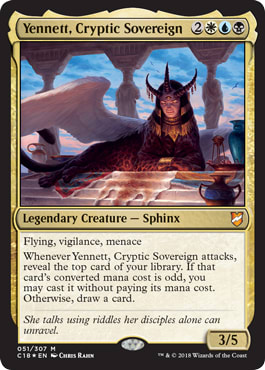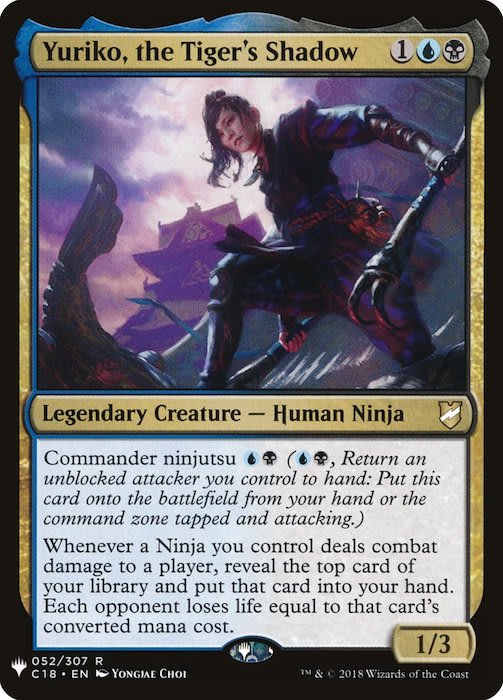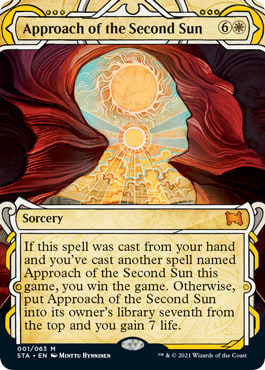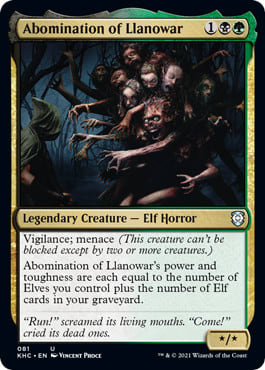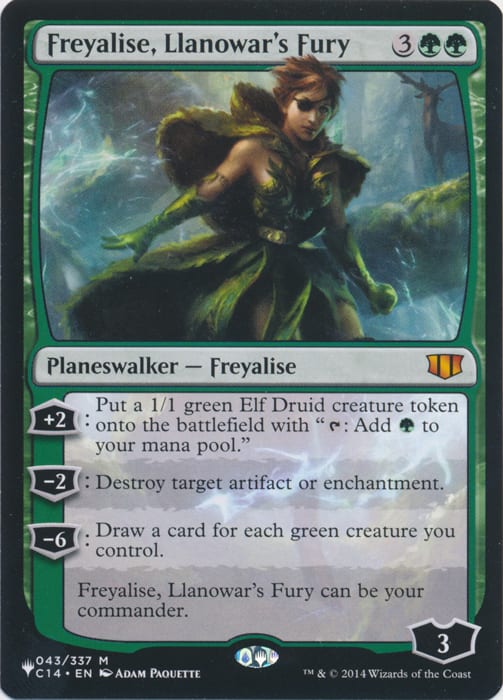I've witnessed grisly things during my stay in the pits. The Cabal valued their pockets so highly I wouldn't be shocked if our expendability was part of their show's appeal. Even the most humble citizen turned ravenous when you put bloodsport before them. That is, so long as they didn't have to compete.
In our time as gladiators, my crew had seen it all. Tentacled behemoths pulled straight from your nightmares. Razor-tipped mantids grown to human size. And all manner of brute looking for coin and fame in equal measure. One got desensitized, provided they lived long enough. Clever swordplay had a funny way of putting threats into perspective. Even the foulest creature seemed pitiful once it began dragging its entrails along the arena floor. We had nothing to live for, save seeing tomorrow, so each and every fighter on my team held nothing back. Opponent be damned, all that crossed our minds was impaling said foe onto the tips of our blades. The presence of tentacles or spines or whatever manner of twisted morphology the Cabal threw at us was of little consequence in the big picture.
Only one instance truly turned my stomach. And it came from a place you'd least expect.
The day's adversaries were captured members of the Daru, nomadic clerics from the grasslands. Even children knew well that the Daru were pacifists. They spent each wandering day treating disease. Their travels were a pilgrimage, a constant search for better herbs with which to heal others. To thrust them into the Pits was to match a kitten against lions. But the Arena saw no one leave its embrace except victors, so as nauseating as the oncoming slaughter felt, we nonetheless approached it with grim resolve.
What met us in battle were no humble medics. The term 'crazed' comes to mind, though fails to paint an accurate picture. Even desperate animals backed into a corner would be offended by the savagery on display. Heavy white forth poured from the mouths of these men as though rabid. Eyes were bloodshot and crazed. While we carried swords, they slung forth stick and rock and mud as if the very elements were equal in strength. When they had exhausted these makeshift weapons, the Daru resorted to fingernails and teeth. I had seen all manner of abomination cross these sands, but none presented so horrific a visage as these healers turned psychopath. To this day, I know not what sorcery incited these poor fools into such mindless rage, but I wouldn't soon wish it upon my most foul enemy. And coming from a gladiator, that's saying a lot.

Grand Melee by Trevor Hairsine
Crack open a booster pack, and you'll find one of two outcomes. You could hit gold, unearthing an incredible Rare/Mythic and easily making back whatever money was spent on the product. Second, and far more frequent, is landing on a Rare/Mythic that doesn't have the luxury of being 'chase'. The vast majority of packs provide their patrons with inexpensive, even potentially unappealing singles. At least at first glance. For while a Wavebreak Hippocamp is of little cause for celebration compared to a Rhystic Study, the lesser Rare still has the potential to draw you copious cards. It just requires more work to make happen.
So, in the spirit of the underdog, today's article will once more venture into those long-forgotten waters. The dusty corners of bulk bins and 5-rows. Draft chaff resigned to memory and little else. Until now. If you're new to this series, I recommend you check out prior entries before adventuring onward:
- Commander Cards That Are Better Than They Look
- Commander Cards That Are Better Than They Look, Vol. 2
Another benefit to digging into lesser known strategies and synergies is the discount that comes with it. Most all these cards easily fall into the budget range. In fact, all the cards we'll talk about in today's article come in at $3 or less, making each as affordable as they are obscure.
Let's jump right in!
Grand Melee
With lofty starting life totals and three whole opponents to bring down, winning via combat is no small feat in Commander. It helps to get everyone involved. Even the most innocuous utility creature will enter the fray once Grand Melee hits the table. 4 mana shifts everyone into combat-mode, whether they like it or not. We stand to benefit the most, as if we're running Grand Melee, we're already interested in a slugfest. This helps us prepare for whatever blockers come our way, as we can hold up tricks or pack our deck full of potent or hard-to-block troops. Smaller opposing armies will be mowed down in short order, especially if we start including go-wide and mass-pump effects (Ex - Berserkers' Onslaught, Cathars' Crusade, etc). For opponents without creatures, life totals are suddenly put into a precarious position, as they're left wide open. Forget deals and politics. Your foe will have no choice but to enter the ring, and a defenseless target will often be the most appealing.
When it comes to Commanders, seek out generals that already favor the red zone. Let's start with cards that'll help protect yourself from any opposing attacks. Kazuul, Tyrant of Cliffs practically dares your opponents to send their army elsewhere. Pramikon, the Sky Rampart lets you decide the direction attackers will face, helping keep you safe from harm. Other Commanders like Thantis, the Warweaver, Gahiji, Honored One, Karazikar, the Eye Tyrant, and Firkraag, Cunning Instigator may not force your foes to attack each other, but they certainly incentivize them to do so. Switching to a more offensive focus, Commanders like Varchild, Betrayer of Kjeldor, Kardur, Doomscourge, Kharn the Betrayer, Adriana, Captain of the Guard, and General Marhault Elsdragon all encourage constant attacking on your part. Basandra, Battle Seraph can ensure opposing spells disrupt the skirmishes. And Karona, False Prophet already has the tendency to incite warfare, so Grand Melee just pours additional (and thematic) gasoline on the fire. Isshin, Two Heavens as One already wants you to be attacking left and right, so Grand Melee's impact will remove blockers (they're tapped from having to attack) while having little negative impact on your current gameplan.
Within the 99', you'll want to include cards that bolster your own attackers mixed with an assortment of spells that protect you from crack-backs. On the defensive end, use No Mercy, Aurification, Search the Premises, Ever-Watching Threshold, Michiko Konda, Truth Seeker, Cunning Rhetoric, Revenge of Ravens, Brash Taunter, Stuffy Doll, or Grave Pact. Switching to the offensive, and we look for cards that'll generate massive armies to swing with (Kindred Charge, Legion Loyalty, Nacatl War-Pride, Leonin Warleader, Krenko, Tin Street Kingpin, Utvara Hellkite), provide additional combat phases (Waves of Aggression, Combat Celebrant, Akki Battle Squad, Response // Resurgence, Seize the Day), and/or make our own creatures more deadly (Berserkers' Onslaught, Rage Reflection, Fervent Charge, True Conviction, Unnatural Growth, Zopandrel, Hunger Dominus, Blade Historian, Nobilis of War, Iroas, God of Victory, Hellrider, Crown of Doom, and Campaign of Vengeance.) These armaments are powerful enough to speed up games on their own, so they oughta shift the gears to light speed when combined.
Dark Suspicions
Everyone wants a ton of cards in their hand. Most of the time. While card advantage is king in most formats, Commander included, Dark Suspicions adds a sharp thorn to that rose. On its face, the Enchantment simply seems to punish those who draw a ton of cards. Without added synergy, Dark Suspicions is likely to deal handfuls of damage throughout the game, sure. But to really take advantage of its damage-dealing, let's combine it with Commanders who'll enable the maximum degree of pain. We've two angles of attack. With the first, we want our adversaries to draw an excess number of cards. The second centers on self-discard, even to the point of Hellbent.
In most circumstances, gifting our opponents free cards is seen as a positive. Be it a group hug strategy, helping a player who's behind, or vying for politics, providing free card advantage to an opponent is seldom anger-inducing for them. Nekusar, the Mindrazer, much like the very Dark Suspicions we're discussing, flips that ideal on its head. Nekusar is already going to be dealing damage as our opponents draw, and with their increasing hand size, so too will Dark Suspicions dish out additional damage. Seizan, Perverter of Truth works in similar fashion. On the other end of the spectrum, we could focus on Commanders that allow us to keep our hand small. Discard and Madness-centric generals like Anje Falkenrath, Chainer, Nightmare Adept, Malfegor, and Neheb, the Worthy (Go, Minotaur Tribal!) all provide incentive or outlets to pitch your hand. Dark Suspicions will continually rack up damage as these decks play out their natural strategies.
Within the 99' ample supporting cards are available for either destructive avenue. If we're going the excess-card route, look to additional damage-dealers like Underworld Dreams, Fate Unraveler, Curse of Fool's Wisdom, Fevered Visions, Sheoldred, the Apocalypse, Molten Pysche, Stormfist Crusader, Spiteful Visions, and Kederekt Parasite. Take the Madness/Self-Discard path, and look toward cards like Big Game Hunter, Terminal Agony, From Under the Floorboards, Shadowgrange Archfiend, Bloodhall Priest to turn your discards into fuel, while Discard enablers and/or payoffs like Hazoret the Fervent, Anthem of Rakdos, Infernal Tutor, Rakdos Pit Dragon, and Rotting Regisaur provide added outlets and rewards for that discard. Finally, because Dark Suspicions is dealing repeated noncombat damage, sprinkle extra salt onto the wounds via cards like Final Punishment, Solphim, Mayhem Dominus, Wound Reflection, Angrath's Marauders, and Blitzwing, Cruel Tormentor.
Cleansing Meditation
I get it. Why bother with a fancy Back to Nature when more flexible sweepers like Farewell or Cleansing Nova are available? When taken at face value, Cleansing Meditation appears limited in use, but once Threshold becomes enabled, a whole new world of combo-tastic potential opens up. Get seven cards into your graveyard, and suddenly that "Destroy All" clause is swapped out for a replacement effect, one that both destroys and revives your own enchantments. How is this better than simply avoiding your own enchantments entirely? Consider that not all Enchantments tend to stick around forever.
Build a Commander deck using Tom Bombadil or Satsuki, the Living Lore, and you'll no doubt also be running a variety of Sagas. Normally, the shelf life on these cards is limited, with them either going to the graveyard or flipping into a creature after the final chapter. Drop a Cleansing Meditation, and suddenly each one of your sagas is reset back to chapter one, letting you reap the value of these effects all over again. And that's on top of clearing away all enemy enchantments, too. Cleansing Meditation will also do great work with more classic Enchantress Commanders (Sythis, Harvest Hand, Tuvasa the Sunlit, Kestia, the Cultivator, Zur the Enchanter, Zur, Eternal Schemer, etc.), refreshing much of your board once the dust settles from the initial sweeper effect. Stretch into enemy colors, and you'll find Daxos the Returned, Ertai, the Corrupted, Alela, Artful Provocateur, and Ghen, Arcanum Weaver as solid Enchantment-based options.
Within the 99, we've already mentioned how useful Cleansing Meditation can be alongside Sagas (Elspheth Conquers Death, Kiora Bests the Sea God, The Restoration of Eiganjo // Architect of Restoration), but it'll also reset the number of Age counters on your Cumulative Upkeep cards, allowing more longevity from your Mystic Remora, Inner Sanctum, etc. The mass-return nature of Cleansing Meditation also pairs very well with the Constellation mechanic, as your Archon of Sun's Grace, Eutropia the Twice Favored, and Eidolon of Blossoms will see your current enchantments leave play, then return all at once for multiple triggers. If you're already running an Enchantress deck, odds are that these cards will already be part of your 99 to go along with staples like Enchantress's Presence, Sterling Grove, and Sanctum Weaver. If you want to get really mean, you could even combine Cleansing Meditation with Enchanted Evening to annihilate all permanents, lands-included. You'll get everything back, but your opponents will be left with nothing but empty boards. Shouldn't take too long to clean up the game after than bombshell goes off.
Soothsaying
Card sorting is no match for pure draw, but you'd be surprised how easy it is to turn one into the other. Plenty of Commanders and cards in the '99 care about what's on top of your deck, and Soothsaying helps you stack your library, ensuring the right card will lie atop at the right time. In addition, you could say "Eh, hell with it." and activate the shuffle ability if prophecy foretells a glut of incoming lands. Not too shabby for a single Blue mana.
Rearranging the top of your library alongside Yennett, Cryptic Sovereign, God-Eternal Kefnet, Elsha of the Infinite, Falco Spara, Pact Weaver, Galea, Kindler of Hope, Isu the Abominable, Rashmi, Eternities Crafter, and Melek, Izzet Paragon provides direct card advantage. Topdeck manipulation allows other generals like Yuriko, the Tiger's Shadow, Neera, Wild Mage, Kenessos, Priest of Thassa, Intet, the Dreamer, Illuna, Apex of Wishes and Stitcher Geralf to generate the most impact from their abilities. Keranos, God of Storms even works thematically alongside the future-telling theme, as Soothsaying allows you to predict (and thus select) either his card draw or damage-dealing ability, whichever better fits the situation. If you'd rather a Planeswalker-approach, Soothsaying plays right into the library-stacking shenanigans enabled by Aminatou the Fateshifter and Elminster.
Knowing what's atop your library can offer copious rewards among cards in the '99. The Miracle ability springs to mind, as keeping a Temporal Mastery, Entreat the Angels, or Bonfire of the Damned ready to draw can be game-winning. So too can a well arranged Genesis Ultimatum before it's cast, or Approach of the Second Sun after it's cast. Shift lands to the top to get the most mileage out of Oracle of Mul Daya, Augur of Autumn, Radha, Heir to Keld, and Courser of Kruphix. If you're playing a Blue Artifact-themed build with Urza, Lord High Artificer, Muzzio, Visionary Architect, or Emry, Lurker of the Loch, Mystic Forge will allow the same for artifacts. The Kinship ability (Leafcrown Elder, Sensation Gorger, etc.) is now easy to fire each turn. Enigma Sphinx can constantly hop from your graveyard to the top of your deck, with the bonus of you getting to arrange the follow-up for its Cascade trigger as part of the Soothsaying activation. You can also generate straight card advantage when combining Soothsaying alongside cards like Aid from the Cowl, Conundrum Sphinx, and in creature type-specific decks, Bloodline Shaman.
Speaking of which...
Bloodline Shaman
Green is no stranger to card advantage, especially when stapled onto a creature. While Bloodline Shaman requires work to make the most out of, an inexpensive casting cost coupled with highly-relevant creature types result in a card that plays better than it looks. Much like how Soothsaying helped you benefit from rearranging the top of your deck, so too can Bloodline Shaman work in tandem with other cards like Sensei's Diving Top to ensure you'll keep hitting creatures of the chosen type. The card can also function as a slow form of self-mill, as you could always name a creature type that doesn't exist in your deck if you're looking to stock the graveyard.
At a glance, Bloodine Shaman appears best suited for creature-heavy Elf decks (Freyalise, Llanowar's Fury, Abomination of Llanowar, Lathirl, Blade of the Elves, Ezuri, Renegade Leader, Marwyn, the Nuturer, Eladamri, Lord of Leaves, etc.), as these decks already run a critical mass of creatures that can provide mana or utility in the early game, then swarm the board later on. Bloodline Shaman's ability isn't limited to its own creature types, however, as you can pick any, potentially opening up card advantage avenues for creatures types with far less support (Kibo, Uktabi Prince, Tovolar, Dire Overlord, Gishath, Sun's Avatar, etc.). Commanders that allow you to see the top of your deck (Ex. Falco Spara, Pact Weaver, Isu the Abominable, Radha, Heart of Keld, Galea, Kindler of Hope) easily get around the guessing-game style drawback, allowing Bloodline Shaman to draw you any creature it comes across. The self-mill option can also work well with Graveyard-centric Commanders like Zask, Skittering Swarmlord, Nethroi, Apex of Death, Old Stickfingers, and card]Kathril, Aspect Warper[/card]. Bant Humans led by Katilda and Lier benefit from both halves, either drawing into additional Humans to trigger their ability, or milling away instants/sorceries to Flashback later.
Regardless of which Commander you pair Bloodline Shaman with, having topdeck manipulation via Sensei's Diving Top, or if you have access to Blue, Ponder, Brainstorm, and the like, helps mitigate the chance factor. Also helpful are cards that let you view the top of your library (Lantern of Insight, Search for Azcanta, etc.). If you're already running a creature-heavy build that looks to draw into as many members of a specific creature type as possible (Ex. Elves for Imperious Perfect, Shaman of the Pack, etc.), Bloodline Shaman helps keep the cards coming or disposes of unneeded lands. Additional Elven untap outlets like Wirewood Lodge and Wirewood Symbiote also synergize well here, as do Magewright's Stone and Thousand-Year Elixir if your general cares about untap-abilities (Selvala, Explorer Returned, Marwyn, the Nurturer, etc. )

Bloodline Shaman by Rebecca Guay
Here's hoping today's journey gives you a few more brewing ideas to work with. And an appreciation for some of Magic's more overlooked slices of cardboard. There are no doubt countless more lost cards waiting to be rediscovered, so here's hoping you can unearth a few yourself. You've quite the archive to dig through, so I'd advise bringing along a snack. Archaeology stirs up quite the hunger.
Thanks for reading, and good luck on your treasure hunt!
-Matt-
















